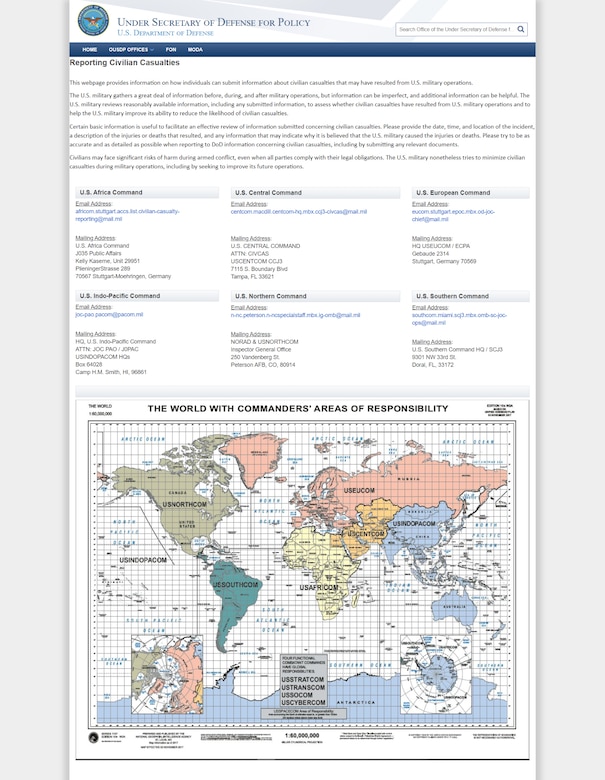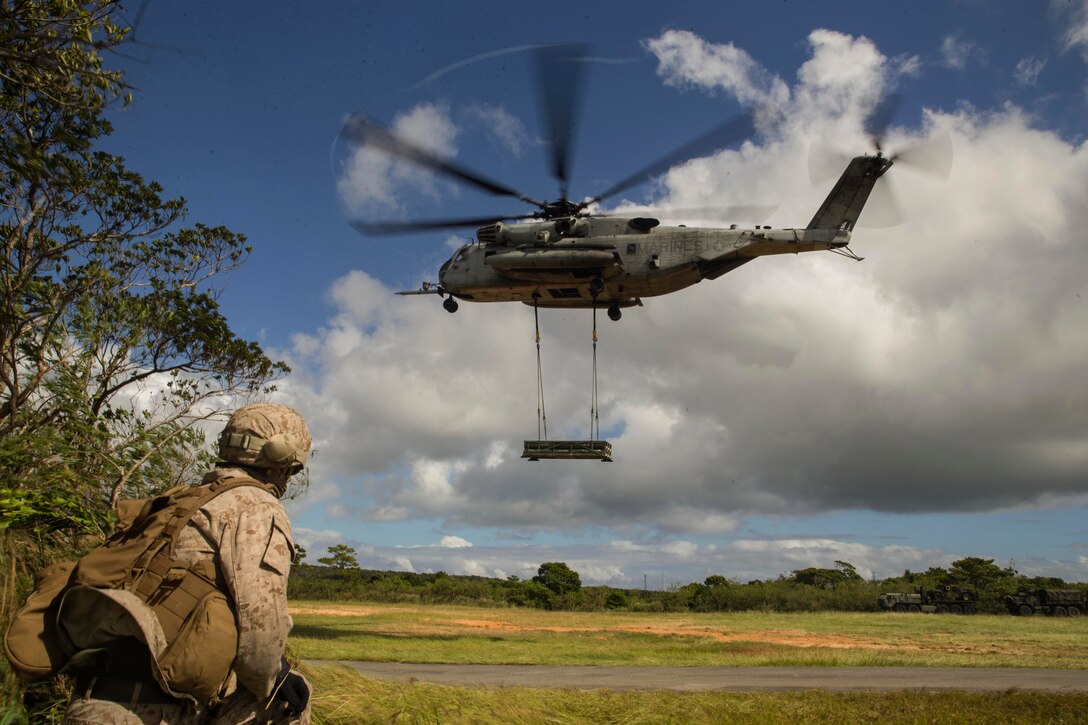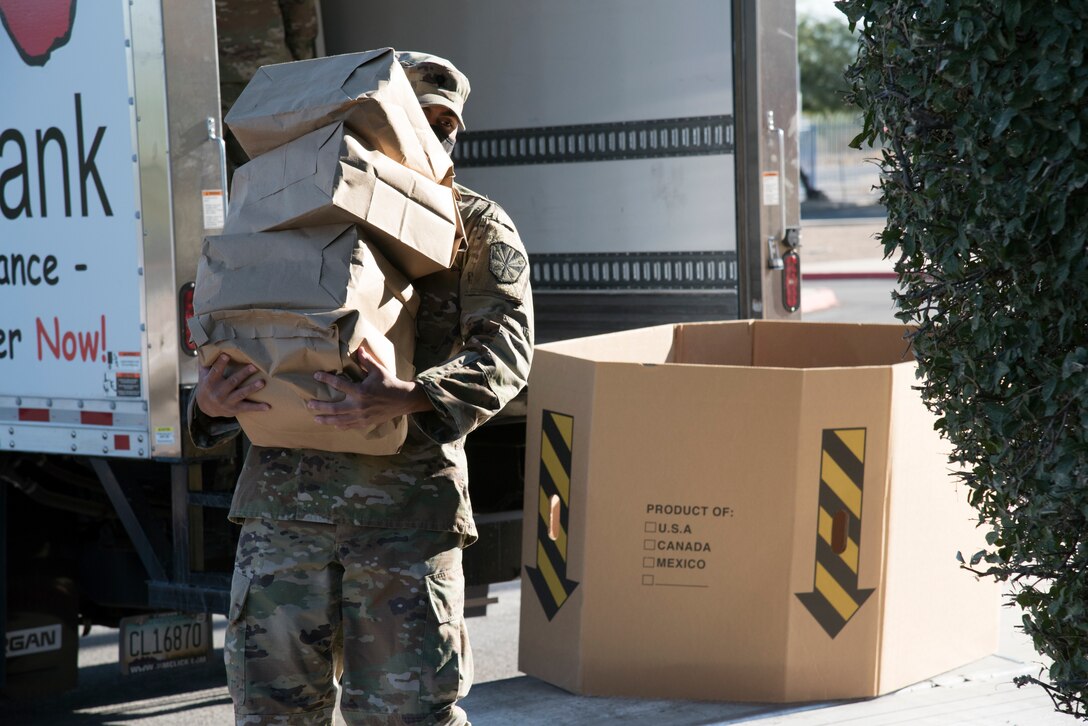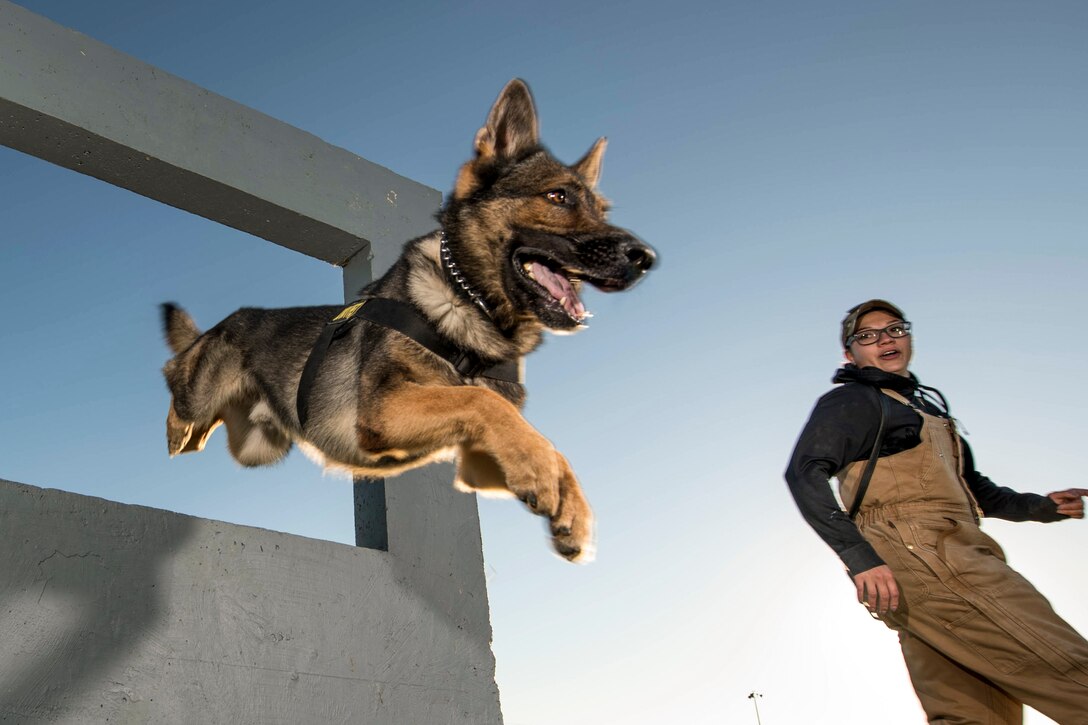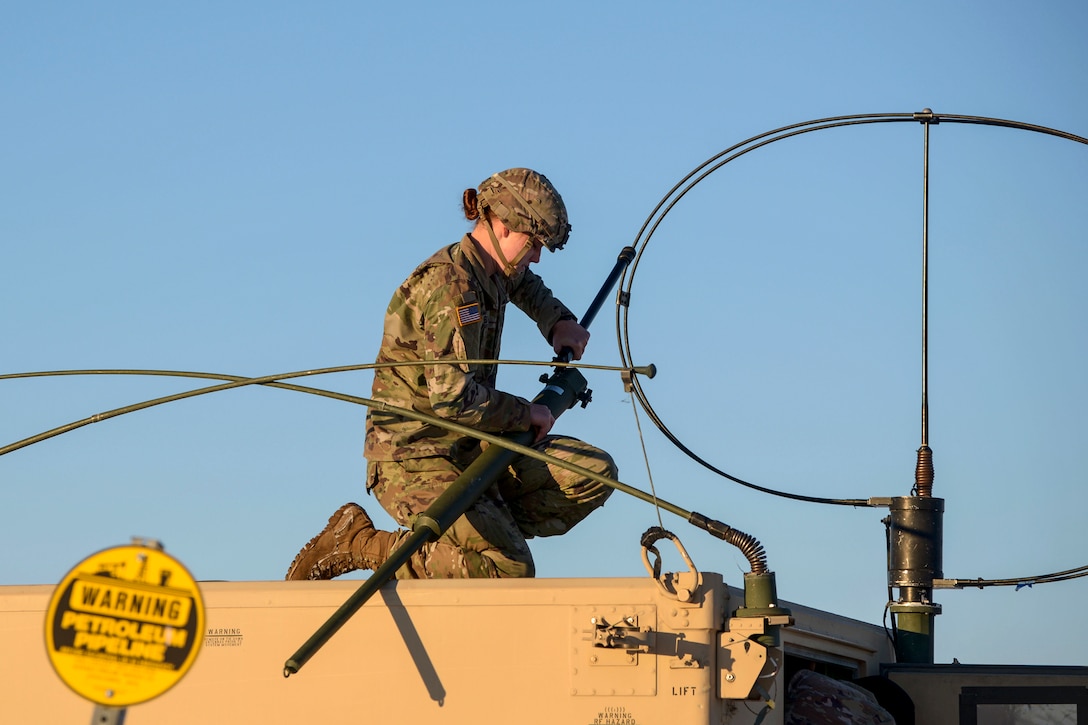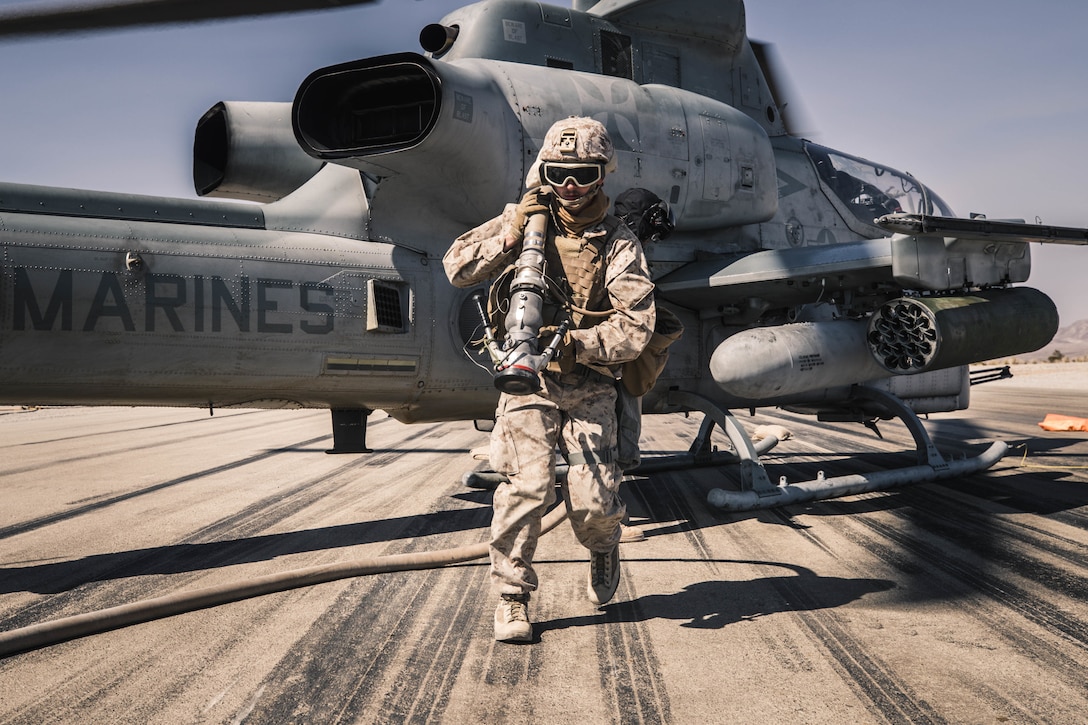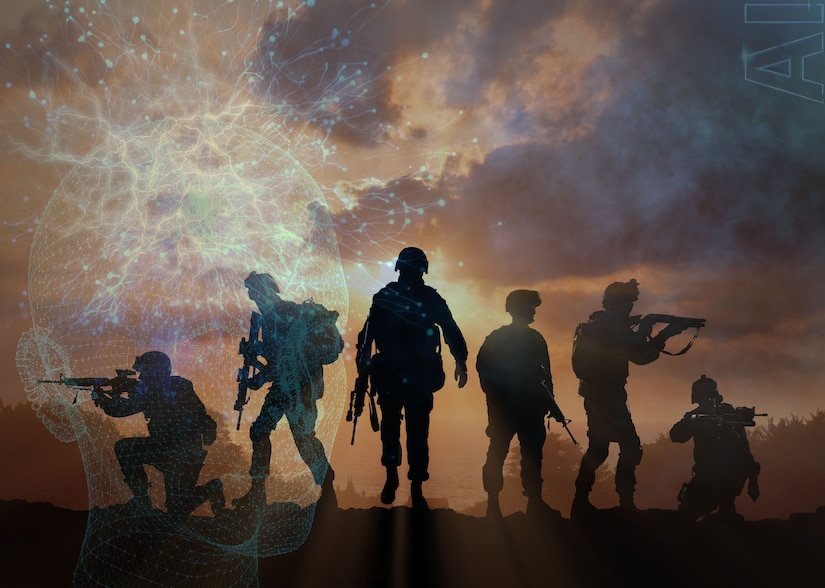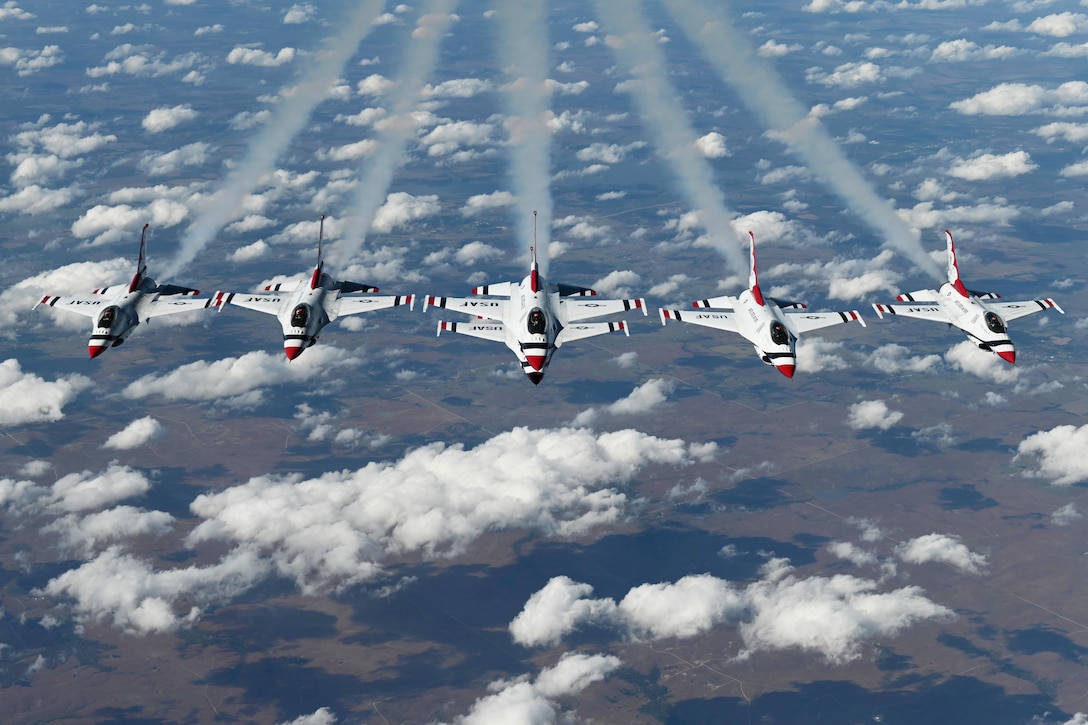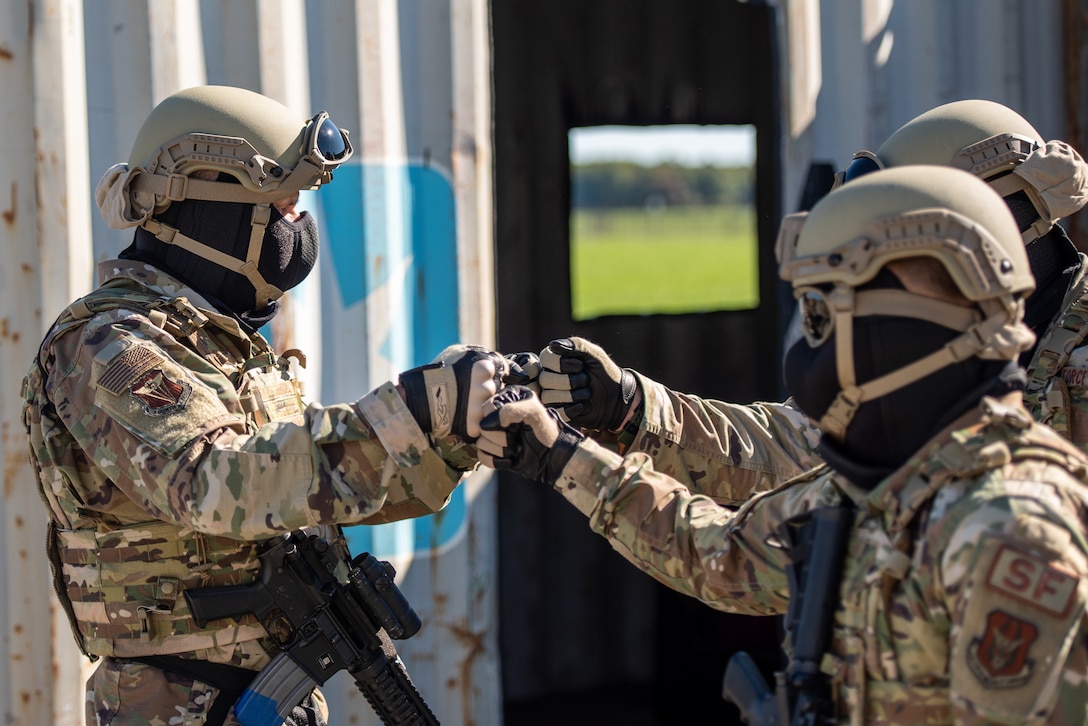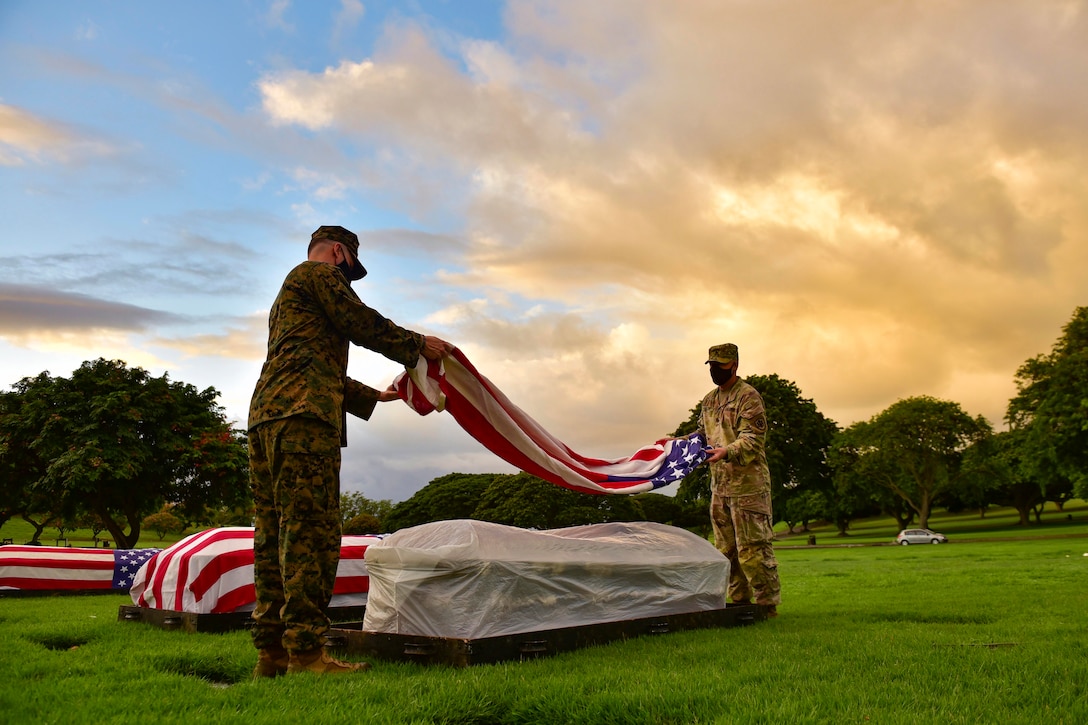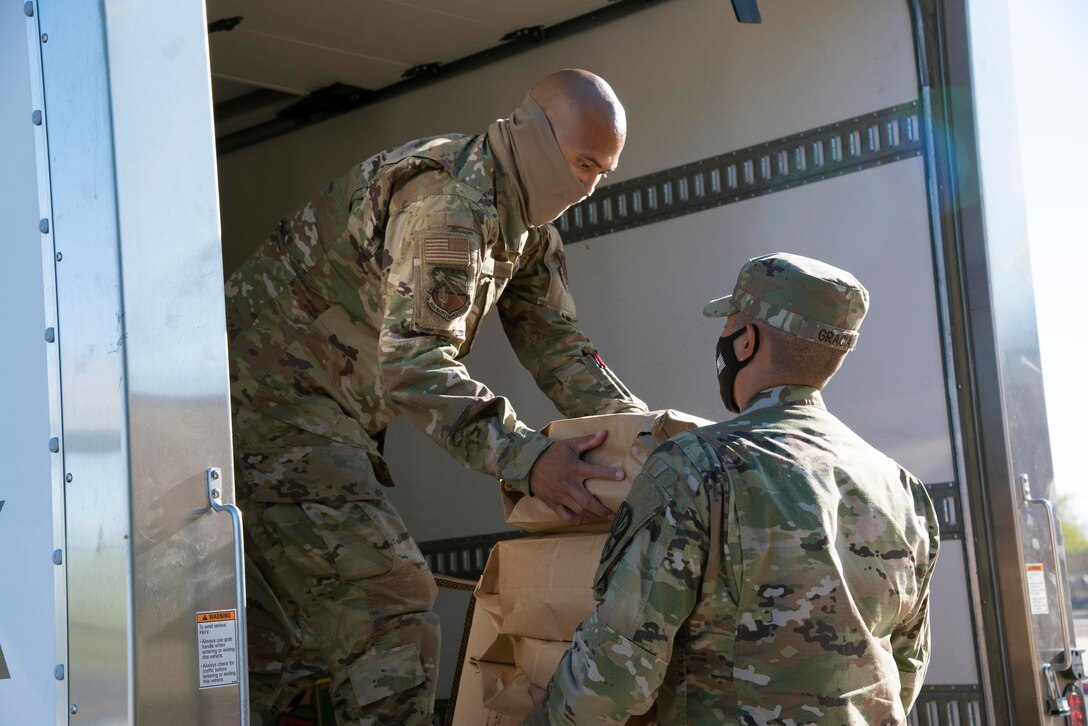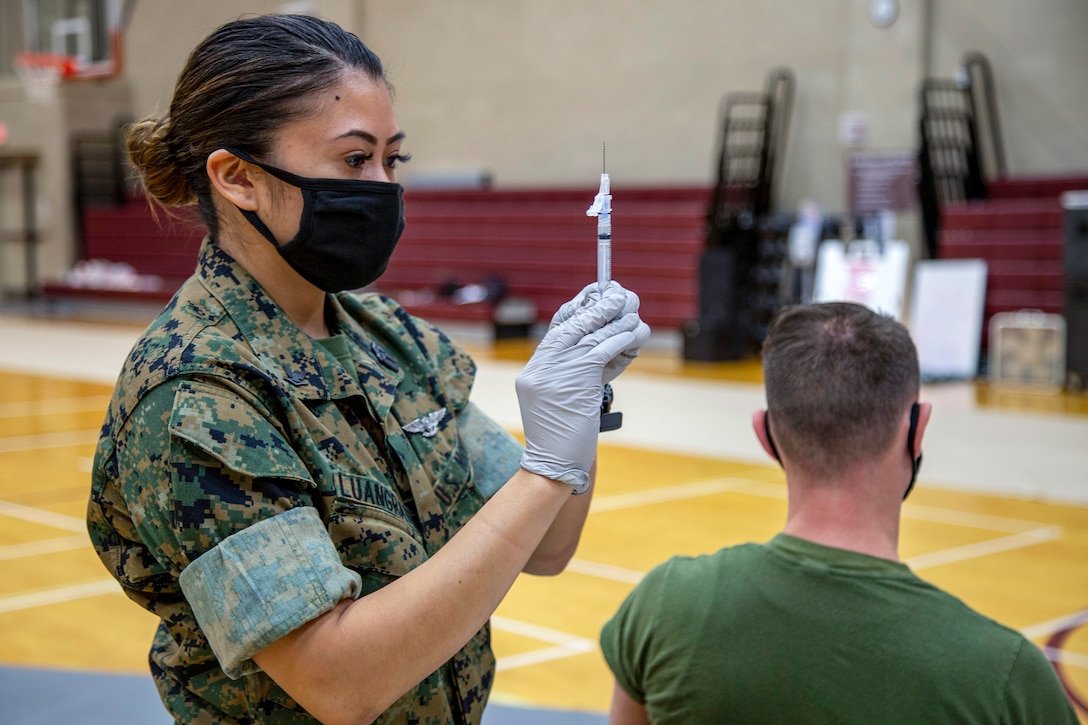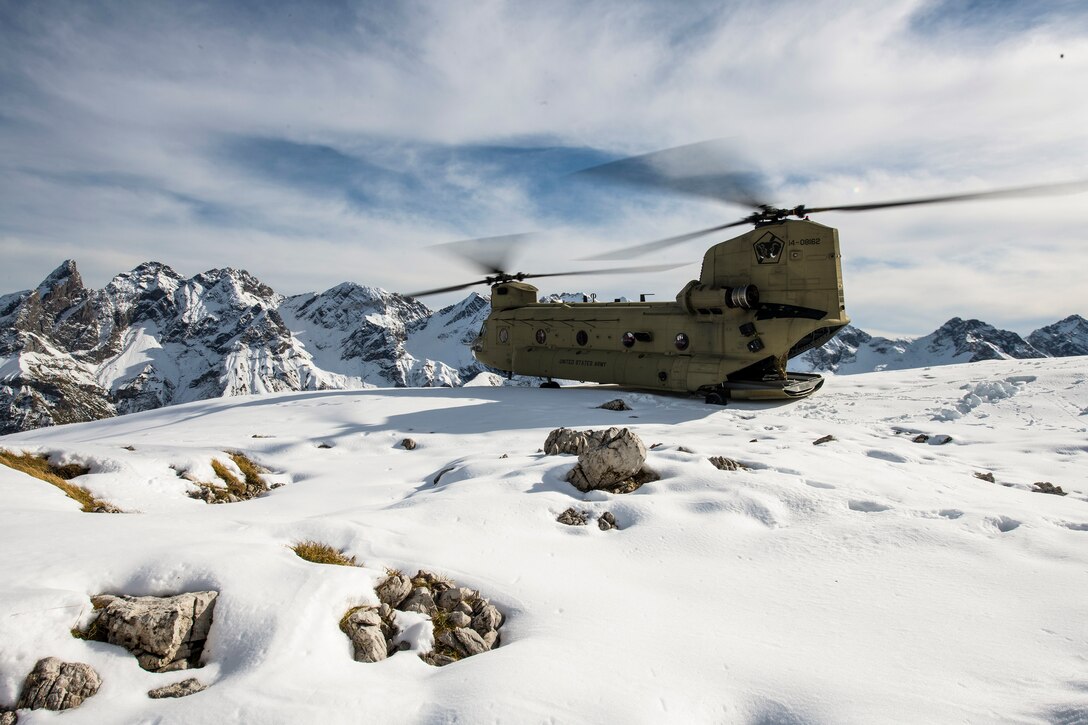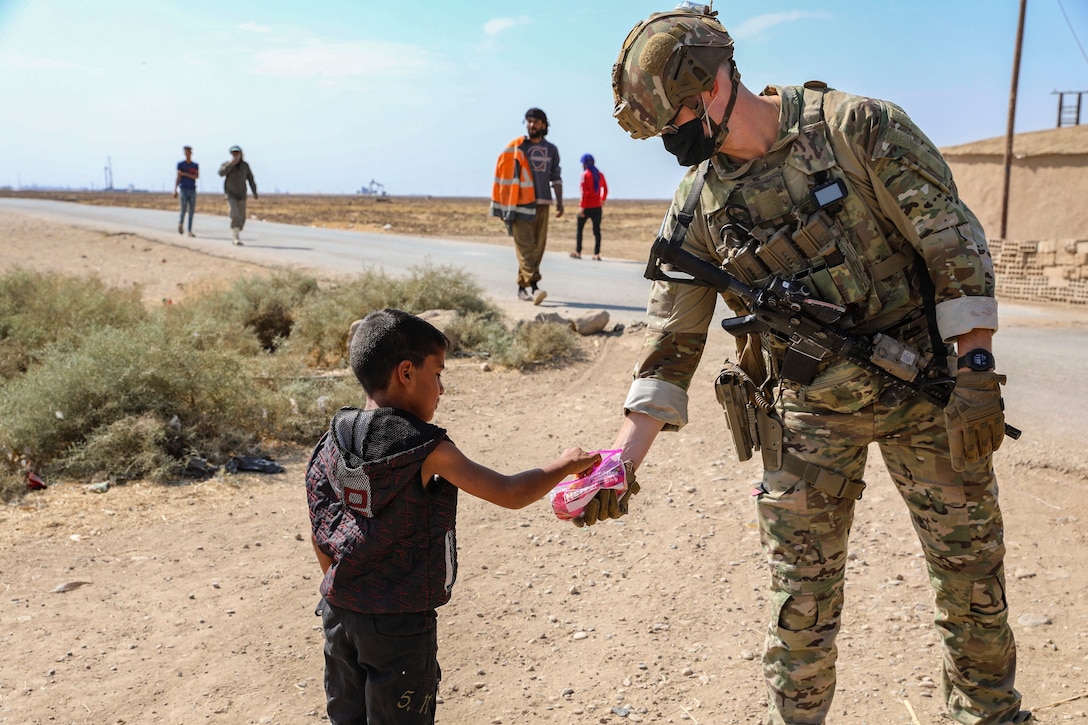The Army has multiple enterprise financial management
IT systems, some decades old, that account for the majority of the
service's financial, acquisition, and logistic transactions. These
systems communicate transactions in a variety of ways through a complex
architecture, but that communication is far from perfect. When a
financial system communicates inconsistent or no data to another system,
it creates a problem that requires human intervention.
"One of our consistent issues within Army financial management is
caused by our large portfolio of legacy systems executing hundreds of
thousands of transactions per week with one another,'' said Jonathan
Moak, who serves as Army's principal deputy assistant secretary for
financial management and comptroller within the Office of the Assistant
Secretary of the Army, Financial Management and Comptroller (ASA
(FM&C)). ''Incorrect information is often generated or reflected in a
system during these constant transactions, which can create the issue
called an unmatched transaction.''
Army's Financial Management and Comptroller
The Army experienced somewhere between two and three million of these
unmatched transactions (UMTs) in the 2019 fiscal year, driven by its
multiple enterprise system, each built with different requirements.
These UMTs, all of which need correcting, have included inaccurate data
of obligations for financial payments and issues with the mismatching
fields between a financial and logistics supply system.
"It's a big problem...with a total value of several billion
dollars,'' said Moak. ''These mismatches lead to a general lack of
accountability, funds control, and have a negative impact on buying
power – all of which are critical to auditability."
Before the Army can be deemed auditable, a majority of these UMTs
must be resolved. Resolving just one UMT is a labor intensive process
that can take multiple hours. Since there are currently millions of UMTs
that need resolving, the problem cannot be solved by manual labor
alone.
The Army is building the requirements to field a core enterprise
system where UMTs are not created in the first place. In the interim,
Moak said that a team led by Chase Levinson in ASA (FM&C) has
implemented robotic process automation, or RPA, to help resolve UMTs as
they occur.
RPA is an automation tool where RPA ''bots'' follow the strict
business rules given to them by developers. "RPA relies on conditional
statements that say if you see this, then do this, which requires a
well-defined process with very clear rules to fix a UMT,'' said
Levinson.
However, Levinson said that some UMTs do not always have a clear path
to resolution, which means that when the RPA bot can't resolve the UMT,
humans still have to fix them manually.
According to Moak, continuing this process with UMTs is not an
optimal use of manpower, which can be redirected to higher-level
financial management operations and analysis by implementing a more
effective solution.
''Our priority is to give the right tools to our workforce to
accomplish the mission at the greatest level of efficiency,'' said
Moak.
Artificial Intelligence
To further add to its capabilities to solve the UMT problem within
its financial management enterprise, the Army turned to the Joint
Artificial Intelligence Center and the Defense Innovation Unit.
While the Army was already using robotic process automation as a partial solution, a new solution, driven by artificial intelligence,
could be even better. A well-trained AI-driven solution would better be
able to deal with the variety of nuances that crop up due to the large
number of financial systems the Army uses and the wide variety of
transactions that take place.
"The Army came to us with this issue, saying that they had tried to
do some initial modeling to automatically resolve these errors without
human intervention, but hadn't been successful" said Rachael Martin,
Mission Chief for Business Process Transformation at the Joint
Artificial Intelligence Center.
Martin said the Army wanted to know if there was anything JAIC could
do to help them not only build out a capability to help resolve problems
with UMTs, but also have the capacity to do a better job in the future
building predictive models and unburden human analysts from unnecessary
work.
Martin said JAIC worked with the Defense Innovation Unit to identify
existing best practices in the industry that might help the Army fix the
problem with UMTs. She also said that at the same time, the Comptroller
within the Office of the Secretary of Defense became interested in the
effort, as OSD had problems similar to those of the Army.
"We were able to leverage the resources we allocated to support the
Army to bring in a similar use case from Comptroller, and do some really
innovative industry competition," Martin said. "We awarded contracts to
two different companies with different approaches to building a UMT
model so that we could test both and find the most promising solution.''
It was DIU that put out a request for industry solutions. The DIU,
with headquarters in Silicon Valley, maintains relationships with
best-in-breed vendors focused on solving similar problems for commercial
customers from across the country and can quickly bring the best of
what's happening in the commercial world to the Defense Department.
"When DIU put out requests for solution briefs, we received over 50
from commercial AI companies. And from there, they were down-selected
through a couple of different rounds, and used demonstrations to help us
down-select and interview them," said Eric Dorsey, the government
contractor who is the project manager on the DIU team. "It finally came
down to two companies to award what's called prototype contracts."
Now, each of those companies has been assigned to work with either
the Army or the OSD comptroller to find an AI-driven solution to solve
problems like the Army has with UMTs, Dorsey said.
The two companies will have about six months to accomplish their work, Dorsey added.
"Using machine logic, which is more sophisticated than RPA — the goal
is to solve up to 70% of these UMTs automatically and correct them,"
Dorsey said. "The result is we could save millions of labor hours for
the Army and the DOD each year."
After six months of work, around mid-March 2021, both companies will
have completed their work with the Army and the OSD comptroller and will
have working prototypes. The Army and comptroller will then go into
field trials and decide, ultimately, if they want to go into production
with the product, Dorsey said.
"We're hoping to take lessons learned with these efforts and scale to
the other branches of the military — Navy, Air Force, Marines — to also
help them solve some of their unmatched transaction problems in their
accounting system," he said.
While the work of the JAIC and DIU may eventually help multiple
services and the OSD, Moak said bringing in AI assets for financial work
is going to be a necessity for the Army going forward.
''Our collaboration with DIU and JAIC on this effort is a tremendous
opportunity for Army financial management, and will hopefully inspire
others,'' said Moak. ''Applying these innovative tools now allows us to
shift our focus to optimize our systems environment, and building a core
enterprise system — a sustainable solution for improving financial
operations.''
